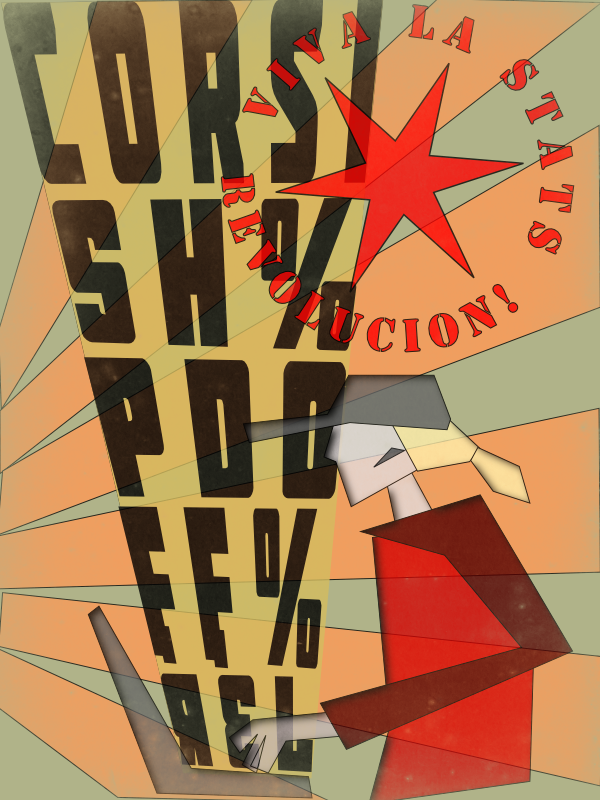Over the years, analytics in hockey have grown and evolved. Shot metrics and measures that provide context to them have become part of the standard toolbox used by many inside and outside of NHL offices. The principle of puck possession, while known to the hockey world since time immemorial, has taken on a whole new level of importance with shot metrics gaining in popularity.
Shot metrics were initially* explored in an effort to discover a decent proxy for time of possession in hockey. Much like you see in other sports such as football, people wanted to get a better handle on quantifying how often and for how long specific teams had the puck as opposed to playing defense, i.e. time of possession. The thought process here was fairly logical. Because the objective in hockey is to score goals, having the puck is better than not having it.
Shot metrics, such as Shots On Goal, Shot Attempts (Missed, Blocked, On Goal) and Unblocked Shot Attempts (Missed, On Goal), were explored as ways to potentially find measures that could reproduce time of possession without necessitating a person with a stop watch timing every possession in every NHL game. As it happened, a strong correlation was found between those metrics, particularly Unblocked Shot Attempts, over the course of the regular season, and success, namely landing a spot in postseason play. That correlation provided confidence in the reasonable reliance on these metrics as tools to measure the strength of teams.
Teams which show well in these metrics are often called “strong possession” teams. “Puck possession” has become a commonly used term and is the generally accepted phrase for the modern approach to achieving success in hockey. “Puck possession” is a bit of a misnomer though in its current usage.
Teams spending long periods of time in the offensive zone, or possessing the puck, is good right? Not necessarily. It’s certainly better than constantly being hemmed into the defensive zone, of course; however, simply having the puck in the offensive zone (passing, running the cycle, i.e. what many term as “puck possession”) is not what has been established as having a high correlation to success. Shot generation (creating shots toward the net) and shot suppression (preventing shots toward the net) are actually the metrics that have been linked to success.
Regardless of how long teams spend in the offensive zone, if they are passing and failing to generate shots, they are not exhibiting the hallmarks of success because they are not generating shots toward the net. If you try to visualize this, these long periods of possession often resemble a power play. The attacking team gains the offensive zone, establishes a cycle and passes the puck numerous times looking for a “perfect shot” instead of creating multiple shot attempts during the possession.
The common thinking that may be leading some teams to this is that a shot toward the net creates the opportunity not only for a goal, but for a rebound or miss that could be collected by the defending team and thus necessitate getting back on defense themselves. It may be that some coaches feel long periods of possession, despite a lack of shot generation, are a form of shot suppression or at the very least, in keeping with the principle of puck possession. Technically, this is true; however, the teams using this form of possession often seem to be lacking in solid defensive systems.
Shot suppression is not achieved simply by keeping the puck out of your defensive zone by holding it in the offensive zone. Every team in existence has to get back on defense. Denying the attacking team’s entry to the offensive zone, aggressive backchecking, sound and well executed breakout plans from the defensive zone and the like are far more effective in achieving shot suppression than trying to keep the puck in the offensive zone for extended periods of time. These strategies are also more effective for shot generation because they are all ways to help the team get back on the offensive attack using a quick transition.
It is intriguing to think that the quest for a good proxy for time of possession has actually led to a finding that success is not really a matter of time of possession, but a matter of shot generation and suppression, which are far more complex than simply being in the right zone of the ice.
Teams like the Colorado Avalanche seem to understand the long held tenet of “puck possession”, but have attempted to adhere to that principle using the possession time strategy as opposed to the shot generation/suppression strategy. The Avalanche are not the only example of this in the NHL to be certain. It probably isn’t a coincidence that they use systems which, on their surface, seem in keeping with the principle of puck possession, but which, upon closer inspection, display a failure to grasp the true meaning of the principle.
As the decision-makers are afforded a more informed, nuanced approach to the principle of puck possession through the adoption of shot based analytics, it will be interesting to see the changes made to their strategies for adhering to that principle.
*Shot metrics were explored for several reasons initially, not simply for time of possession. Work was done to see what meaning shot metrics and scoring chances had within the game of hockey by bloggers in the Edmonton Oilers fan base after learning that the team tracked scoring chances. Thanks to Garret Hohl for mentioning this to me so I could edit and include this for the sake of accuracy.
